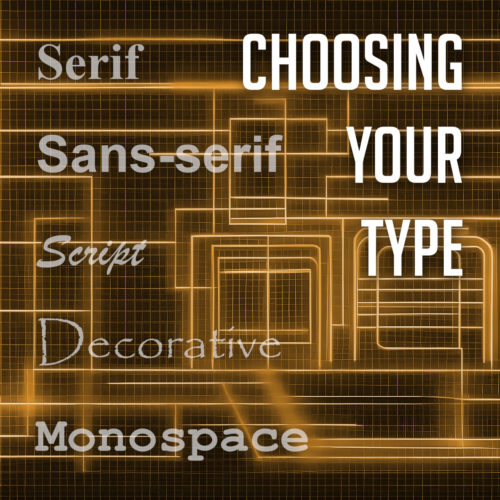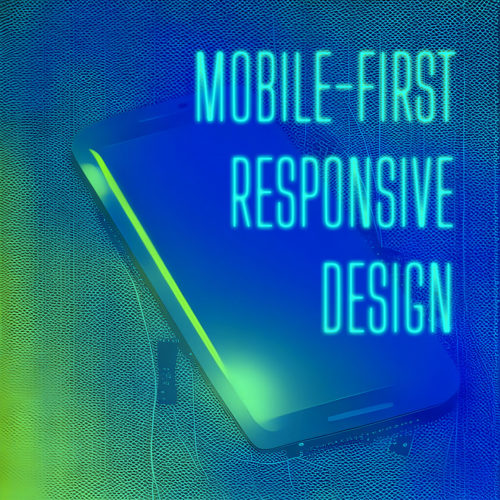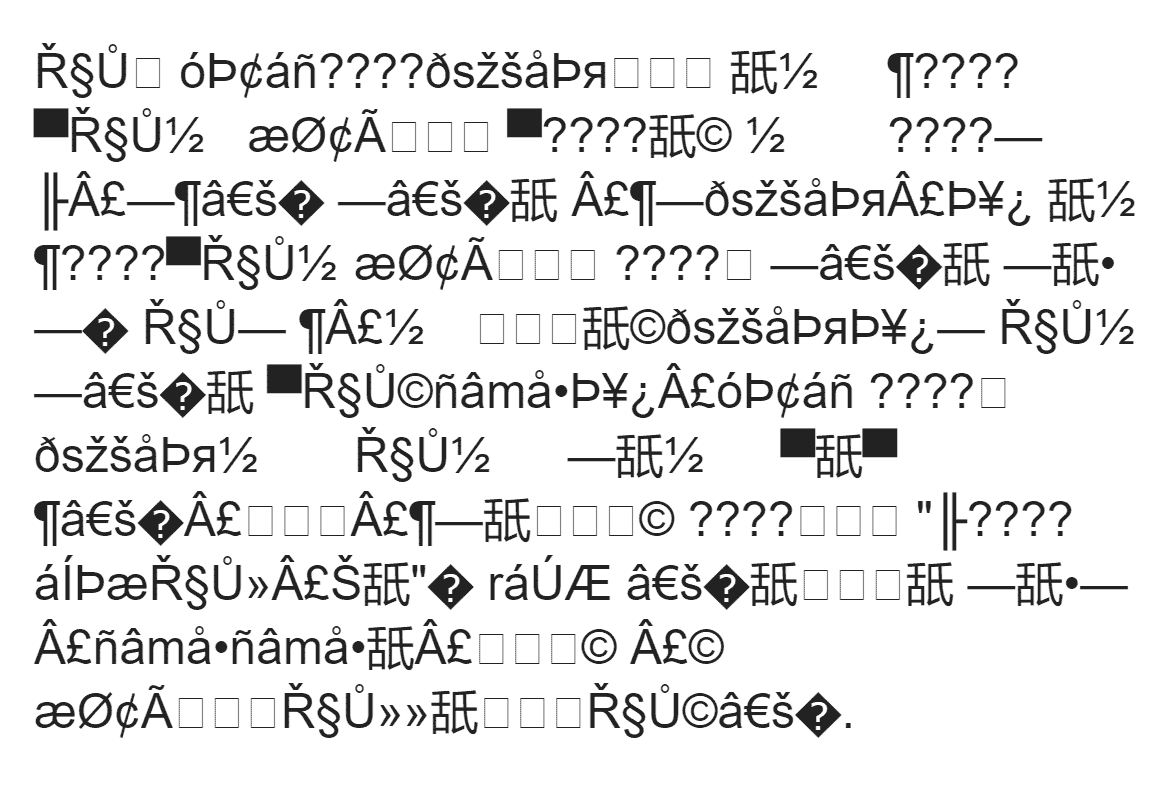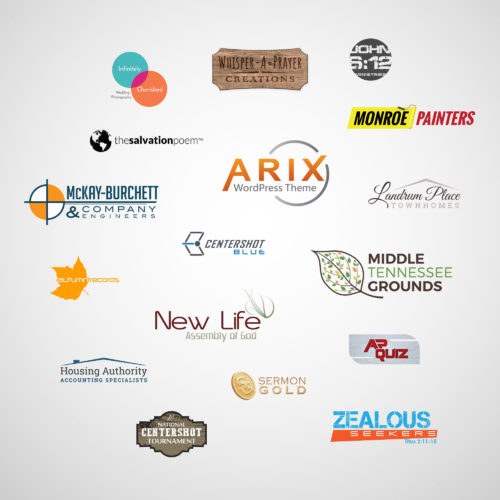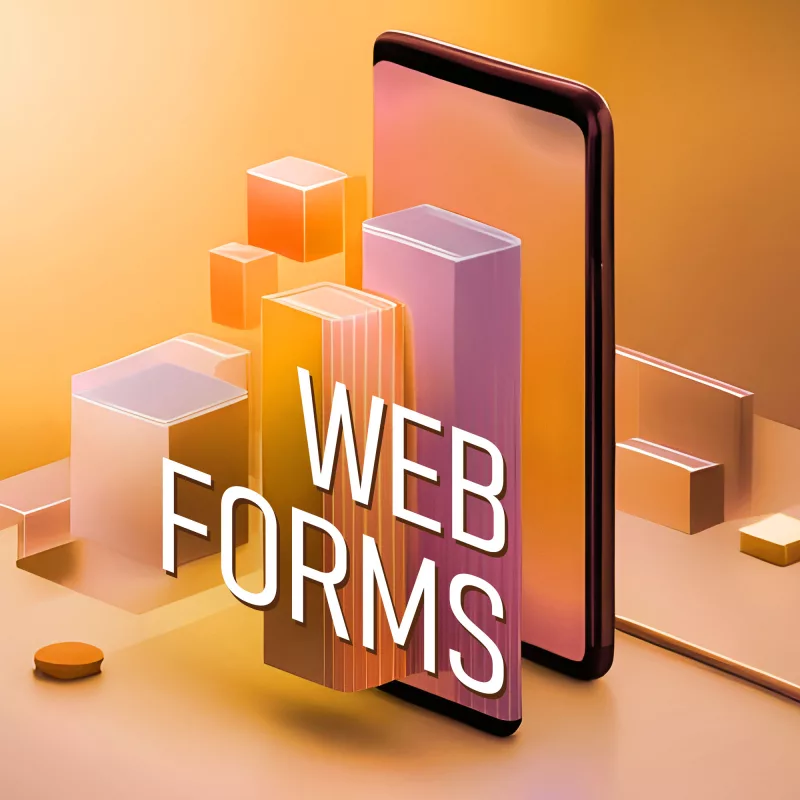
As touch devices continue to dominate the digital landscape, it has become more important than ever for web designers to create touch-friendly websites that provide seamless and intuitive experiences for users. Gone are the days when websites were primarily accessed through desktop computers with a mouse and keyboard. Today, smartphones and tablets have become the go-to devices for browsing the web, making touch interactions a fundamental aspect of user engagement.
Touchscreen-friendly web design requires attention to detail on every aspect of a website, including layout and navigation optimization, enhancing user interaction and feedback, considerations for touch accessibility, testing and optimization, and future trends to keep in mind. Read on to build a solid understanding of the key elements that contribute to a touch-friendly website and the actionable steps you can take to create a more engaging and intuitive user experience.
What is Touch-Friendly Web Design?
Touch-friendly web design refers to the practice of creating websites that are optimized for touch-based interactions on smartphones, tablets, and other touch-enabled devices. Unlike traditional mouse and keyboard interactions, touch-based interactions rely on users’ fingers and gestures to navigate and interact with the website’s content.
In a touch-friendly design, elements such as buttons, menus, and links are thoughtfully sized and spaced to accommodate finger taps and swipes accurately. Additionally, touch-friendly websites offer smooth and responsive feedback to users’ touch inputs, ensuring a seamless and intuitive user experience.
Differences Between Touch and Mouse Interactions
Designing for touch interactions requires a shift in mindset compared to traditional mouse-driven interfaces. While a mouse cursor offers precise pointing and clicking, fingers have a larger contact area, which may lead to accidental taps or touches if the design isn’t touch-friendly.
The lack of hover state on touch devices is another critical difference. Hovering with a mouse can trigger dropdown menus or reveal additional information, but on touch devices, users need a clear and intuitive way to access the same content without relying on hover.
Considering the variations in touch gestures, such as taps, double-taps, swipes, and pinch-zooms, designers must account for different touch actions to ensure a seamless experience across various touch devices.
The Benefits of Touch-Friendly Design
Embracing touch-friendly web design offers several advantages, especially in the context of the growing mobile user base:
- Improved Mobile Accessibility: Touch-friendly design enhances accessibility for users with mobility impairments, making it easier for them to navigate and interact with the website using touch gestures.
- Enhanced User Engagement: With touch interactions feeling more natural and immediate, users are more likely to engage with your website’s content and spend more time exploring its offerings.
- Consistency Across Devices: By designing with touch in mind, you create a consistent experience for users across devices, irrespective of whether they’re using a smartphone or a tablet.
- Better User Experience: A touch-friendly website provides a smooth and intuitive user experience, reducing frustration and abandonment rates, which can lead to increased conversions and customer satisfaction.
Optimizing Layout and Navigation for Touch
Embracing Responsive Design and Fluid Layouts
Responsive design and fluid layouts are essential elements in creating touch-friendly web experiences. They enable your website to seamlessly adapt and adjust its layout, ensuring optimal viewing and interaction across different touch devices. Implementing responsive design principles allows your site to dynamically respond to varying screen sizes and orientations, delivering a consistent and user-friendly experience on any device. With fluid layouts, the content can flexibly fill available screen space, maintaining visual appeal and functionality across different touch devices.
Fluid layouts, which use percentages and relative units for sizing elements, allow content to flexibly fill available screen space. This approach ensures that your website’s layout remains visually appealing and functional, regardless of the screen size, whether it’s a small smartphone or a larger tablet.
Designing Touch-Friendly Navigation Menus
When it comes to touch-friendly navigation menus, several techniques can enhance usability and improve the overall touch experience:
- Larger Buttons: Opt for larger button sizes to accommodate finger taps accurately. Small, tightly packed links can be challenging to tap accurately, leading to frustration for touch users. Providing ample touch target sizes helps prevent accidental clicks and improves the overall usability.
- Ample Spacing: Increase the spacing between menu items to avoid unintended taps. Sufficient spacing between buttons ensures that users can easily distinguish and tap on the desired navigation option without accidentally activating adjacent links.
- Intuitive Gestures: Incorporate intuitive touch gestures into your navigation design. For example, implementing swipe gestures to reveal hidden menus or incorporating horizontal swiping to navigate between sections can enhance the user experience and make navigation feel more natural and seamless.
Utilizing Touch-Specific Controls and Interactions
To fully optimize your website for touch, consider implementing touch-specific controls and interactions that take advantage of the unique capabilities of touch devices:
- Swipe Gestures: Incorporate swipe gestures for tasks such as scrolling through image carousels, switching between tabs, or navigating through content-rich pages. Swipe gestures offer a familiar and intuitive way for touch users to interact with your website.
- Pinch-to-Zoom: Enable pinch-to-zoom functionality for websites that contain images or interactive elements that benefit from zooming in or out. Pinch-to-zoom allows users to have finer control over the content they’re viewing, enhancing the overall browsing experience.
- Long-Press Actions: Take advantage of long-press actions to provide additional functionality or context-specific options. For example, long-pressing on an item in a touch-friendly gallery could trigger a preview or reveal a context menu with relevant actions.
Implementing these touch-specific controls and interactions can create an immersive and engaging touch experience that goes beyond simple taps and scrolls, enhancing the overall usability and user satisfaction.
Enhancing User Interaction and Feedback
Providing visual feedback is crucial in touch-friendly web design as it helps users understand and validate their actions. Highlighting tapped elements or displaying loading indicators can provide immediate visual cues that enhance the user’s perception of touch interactions.
Touch gestures and animations can greatly enhance the user experience on touch devices. Incorporating swipe gestures, pinch-to-zoom functionality, and smooth animations can make interactions more intuitive and engaging. These gestures can enable users to navigate through content, zoom in on images, and reveal hidden menus, creating a more immersive and enjoyable touch experience.
Optimizing touch responsiveness is essential for creating a seamless and satisfying user experience. Minimizing the perceptible delay between touch input and system response is crucial. This can be achieved by optimizing code execution, reducing unnecessary animations, and employing hardware acceleration when possible. Ensuring fast and responsive touch interactions can significantly improve user satisfaction and perceived performance of your touch-friendly website.
Future Trends and Considerations
As touch technologies continue to advance, new possibilities are emerging to enhance touch-friendly web design. Technologies such as haptic feedback, which provides tactile sensations in response to touch interactions, can create a more immersive and engaging user experience. Gesture-based interfaces, where users can interact with the website using natural hand movements, offer an intuitive and futuristic way of navigating and interacting with content.
The rise of voice assistants and other non-touch inputs introduces additional considerations for touch-friendly web design. Integrating voice interactions seamlessly into touch interfaces can offer users more flexibility and accessibility options. Designing for multi-modal experiences, where users can switch between touch and voice inputs, can further enhance the usability and convenience of your website.
Creating a touch-friendly website is essential in today’s mobile-driven world. Understanding the principles and best practices of touch-friendly web design enables a seamless and intuitive user experience for touch device users. Remember to optimize your layout and navigation, enhance user interaction and feedback, and prioritize touch accessibility to ensure inclusivity for all users.
Testing plays a crucial role in the touch-friendly design process. Regularly test your website on a variety of touch devices to ensure optimal performance and usability. Pay attention to touch responsiveness and reduce any perceptible delays between touch input and system response.
Additionally, ongoing optimization is key to keeping your touch-friendly design up to date. Stay informed about emerging touch technologies and trends, adapt to changing user expectations, and continually refine your design based on user feedback.
Implementing these strategies and continuously optimizing your touch-friendly design creates a website that delights touch device users and provides them with a seamless and enjoyable browsing experience.










